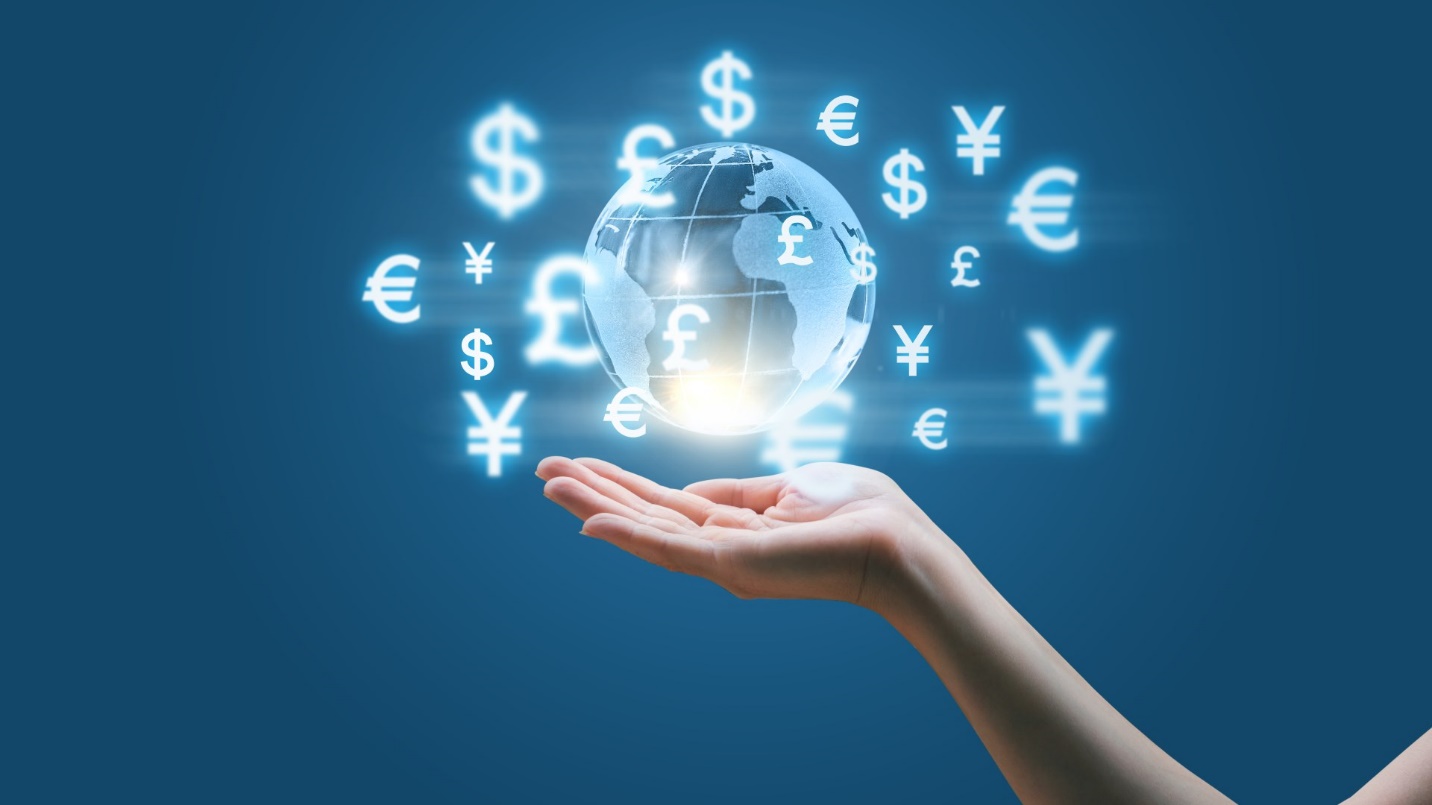In today’s globalized world, traveling abroad is more common than ever before. Whether you’re going on vacation, visiting family, or conducting business, it’s important to have a convenient way to access your money. Forex cards offer a safe and easy way to do just that.

Image: maketp.net
Forex cards are prepaid cards that can be loaded with multiple currencies. This eliminates the need to carry large amounts of cash or exchange currency at unfavorable rates. Forex cards can be used to make purchases, withdraw cash, and even pay for online transactions.
Forex cards offer a number of benefits over traditional credit and debit cards. First, forex cards typically have lower foreign transaction fees. Second, forex cards can be used in countries that don’t accept major credit cards. Third, forex cards can help you budget your money more effectively by allowing you to load only the amount of money you need.
If you’re planning to travel abroad, a forex card is a valuable tool to have. Here’s everything you need to know about forex cards, including how to get one, how to use it, and how to avoid fees.
How to Get a Forex Card
Forex cards can be obtained from a variety of sources, including banks, credit unions, and online currency exchanges. When choosing a forex card, it’s important to compare the fees and exchange rates offered by different providers.
To apply for a forex card, you will typically need to provide your name, address, and contact information. You may also be required to provide a copy of your passport or driver’s license. Once your application is approved, you will be issued a forex card and a PIN number.
How to Use a Forex Card
Forex cards can be used to make purchases, withdraw cash, and pay for online transactions. To use your forex card, simply insert the card into a card reader and enter your PIN number. You can then select the currency you want to use and the amount you want to spend.
When you make a purchase with your forex card, the exchange rate will be locked in at the time of the transaction. This means that you won’t be affected by fluctuations in the exchange rate.
You can withdraw cash from ATMs using your forex card. However, it’s important to note that some ATMs may charge a fee for using a foreign card.
You can also use your forex card to pay for online transactions. To do this, simply enter the card number, expiration date, and CVV number into the payment form.
Avoiding Fees
Forex cards typically have lower fees than traditional credit and debit cards. However, there are still some fees that you may encounter.
The most common fee is the foreign transaction fee. This fee is typically charged by the bank or credit union that issued your forex card. The foreign transaction fee is usually a percentage of the transaction amount.
Other fees that you may encounter include ATM withdrawal fees, balance inquiry fees, and inactivity fees.
To avoid fees, it’s important to choose a forex card that has low fees. You should also be aware of the fees that may be charged by ATMs and other vendors.

Image: www.forex.academy
Pros & Cons
**Pros**
- Lower foreign transaction fees
- Can be used in countries that don’t accept major credit cards
- Can help you budget your money more effectively
- Safe and secure way to carry money
- Easy to use
**Cons**
- May not be accepted by all vendors
- May have inactivity fees
- May not offer rewards or other benefits
Topic Related To Forex Card
Conclusion
Forex cards are a valuable tool for travelers who want to avoid the high fees and hassles of traditional credit and debit cards. Forex cards offer a safe and convenient way to access your money while traveling abroad.






